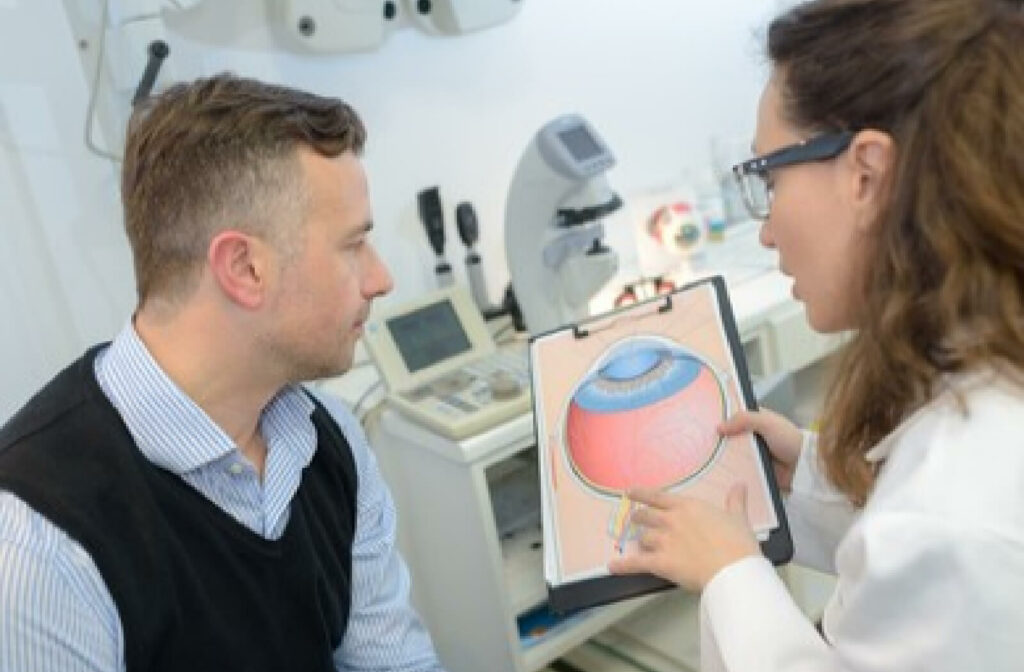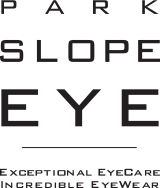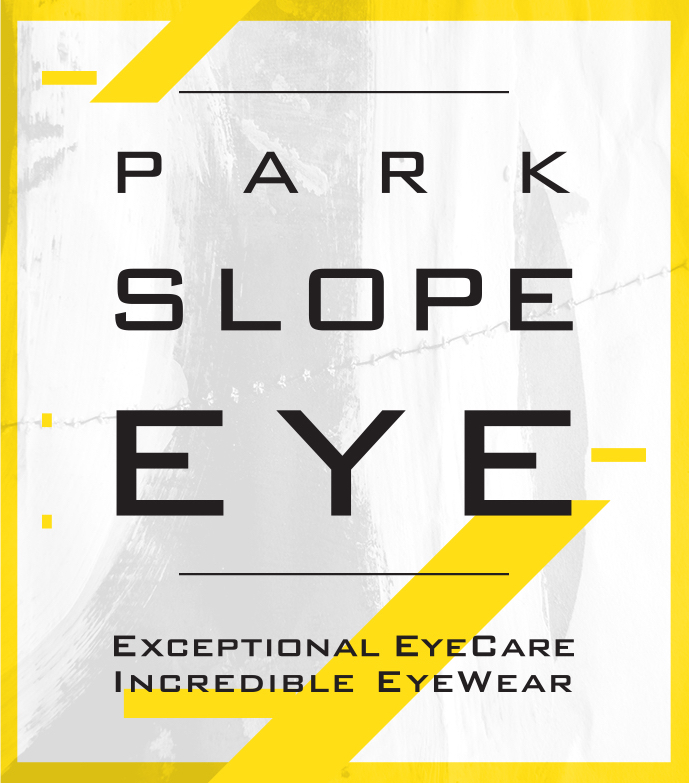You’ve likely noticed that if one person wears glasses, their family members may wear them too. Refractive errors such as nearsightedness, farsightedness, astigmatism, or eye conditions may develop in grandparents, parents, and children alike.
Having a family member with bad eyesight doesn’t necessarily mean you have deteriorating vision or an eye condition. However, some conditions can be genetic. Your family history is valuable knowledge for your optometrist to help detect problems with your vision and eye health.
Scheduling eye exams for the whole family can help your optometrist connect vision problems in each family member and perform tests for those predisposed to certain eye conditions.
Is There a ‘Vision Gene’?
DNA creates your unique gene sequence determining your traits, but as likely as you are to inherit good characteristics, you can also inherit genes that may contribute to poor vision. Like most traits, there isn’t one single gene that establishes your eye health and vision, but a series of genes can mutate to cause eye conditions.
Eye diseases caused by other risk factors and health problems, such as diabetes, may make you more likely to develop eye diseases related to symptoms.
But bad genes don’t guarantee poor eyesight. If bad eyesight runs in the family, there’s a higher chance your child may have ocular problems, but it’s not predestined.

Most Common Genetic Eye Conditions & Vision Problems
Some eye conditions may be hereditary, and regular eye exams with your optometrist can help if your family tree has some common eye problems.
Glaucoma
Glaucoma has mixed causes, but one of its risk factors is a family history of the disease. Glaucoma occurs when a build-up of fluid in the eye increases pressure, damaging the optic nerve. Damage can lead to vision loss, but if you have a family member with glaucoma, there are tests your optometrists can use to assess your eye pressure early.
Refractive Errors
Changes in the shape of the eye, lens, or cornea can lead to refractive errors like nearsightedness (myopia), farsightedness (hyperopia), and astigmatism. Refractive errors alter how the light hits the retina in the back of the eye, causing distorted, blurred vision. If parents have a refractive error, the chances of children having the same distortion can increase.
Cataracts
Age is a common risk factor for developing cataracts, but genetics can also play a role, sometimes causing cataracts to occur in children’s eyes. When you have cataracts, changes in the lens of the eye result in white, cloudy spots in the field of vision. If grandparents or parents develop cataracts, your optometrist may recommend regular eye exams to identify the condition early.
Macular Degeneration
Macular degeneration is a common degenerative eye disease and is the leading cause of vision impairments in people over 50. The disease affects central vision when the macula at the back of the eye thins and wears down. A family history of macular degeneration is believed to be a risk factor for developing the condition over 40.
Diabetic Retinopathy
A complication of diabetes, diabetic retinopathy (DR), is a condition that damages the retina’s blood vessels, denying the retina of the oxygenated blood it needs. Since diabetes is sometimes hereditary, those without the genetic predisposition or who don’t have diabetes generally aren’t at risk for DR.
Color Blindness
More often than not, color blindness is genetic. The condition affects more men than women as it passes through the X-chromosome. Color blindness typically doesn’t worsen over time, but there is no treatment for most types of colorblindness.
Night Blindness
Night blindness arises when your retina struggles to adapt to darkness or dim light. The retina has rod cells to help you see in dark conditions and cone cells to support your vision in light. Genetic night blindness passes mutations in the retina’s rod cells through children and parents, and sometimes causes peripheral vision loss.
Amblyopia (Lazy Eye)
Lazy eye can sometimes stem from inherited refractive errors in children. The brain favors one eye over the other, leading to unbalanced vision. One eye will become dominant, and the other will become weaker unless the brain is trained to register the weaker eye’s vision in childhood.
Strabismus (Cross-Eyes)
Strabismus is an eye condition that affects the eye muscles and causes the eyes to cross outwardly (exotropia) or inwardly (esotropia). It causes the eyes to appear to be looking in different directions. It can be hereditary, so early eye exams for children and treatment intervention can help preserve the vision strength in both eyes.
Other Factors That can Cause Poor Vision
Eyesight and eye health aren’t only determined by your family tree. Lifestyle and environmental risk factors can also lead to poor vision, such as:
- Air pollutants
- Ultraviolet (UV) rays
- Too much screen time
- Poor diet
- Lack of exercise
- Smoking
- Eye injuries
- Not drinking enough water
- Skipping eye exams
Genetics is one of several elements that can contribute to your vision and eye health.
Have Your Family’s Eyes Checked
Schedule the whole family for eye exams at Park Slope Eye to get a detailed family history so we can tailor our comprehensive tests to your eyes uniquely. We’ll discuss any concerns about hereditary eye conditions to detect any possible eye problems sooner.









